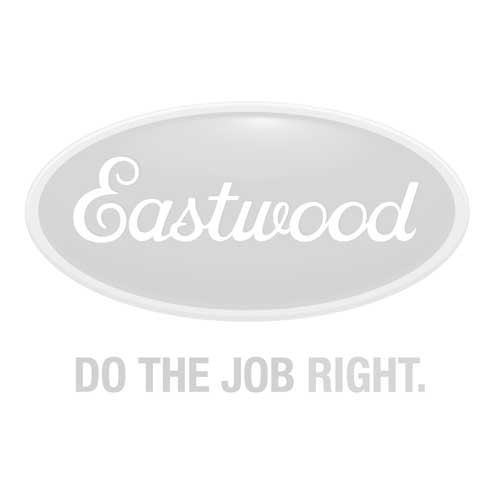I've got my XJ completely torn down for clean up and repainting, like many before me. There are lots of threads here about what others have done, i.e. method and material. I'm curious as to how Yamaha painted these bikes when they made them. At 30+ years old, most bikes I've seen still look decent as far as the frame and swing arm as long as they weren't left outside in the elements. Some advocate powder coating the frame, swing arm, and battery tray...what could you expect to pay if you farm the whole job out? (Guessing most can't do the job themselves.) Wondering what the factory method was and what the cost would be to copy the factory method since it seems pretty durable. After taking the time to tear my bike down, I don't want to do a half a$$ job painting it only to be disappointed 2 years from now. But I also don't want to have to hide the receipts from my wife and then make it up to her on her birthday.
But I also don't want to have to hide the receipts from my wife and then make it up to her on her birthday. We're back to another cost-benefit analysis I guess, interested in what you all know and think.
We're back to another cost-benefit analysis I guess, interested in what you all know and think.
 But I also don't want to have to hide the receipts from my wife and then make it up to her on her birthday.
But I also don't want to have to hide the receipts from my wife and then make it up to her on her birthday. We're back to another cost-benefit analysis I guess, interested in what you all know and think.
We're back to another cost-benefit analysis I guess, interested in what you all know and think.


Comment